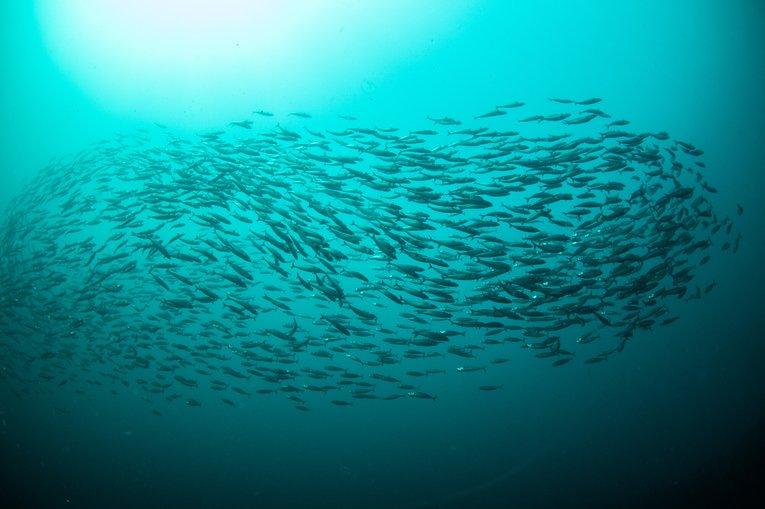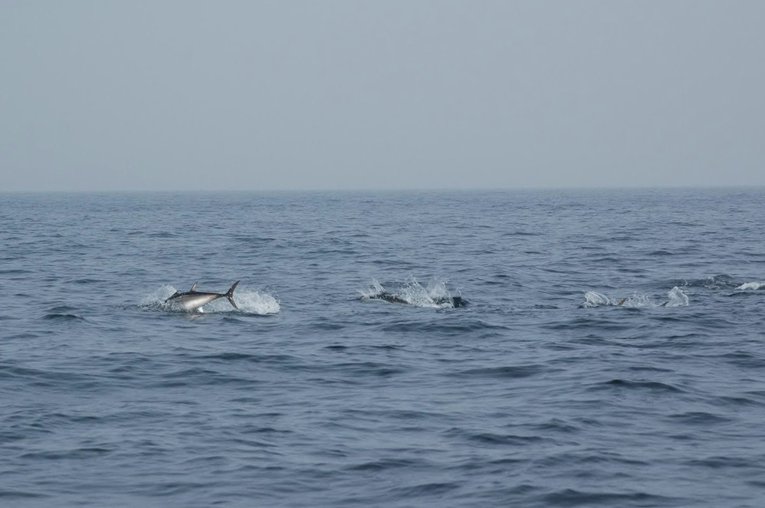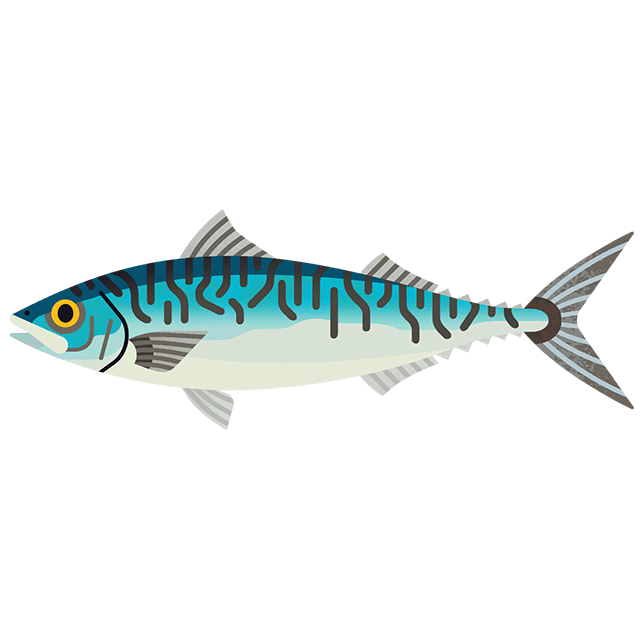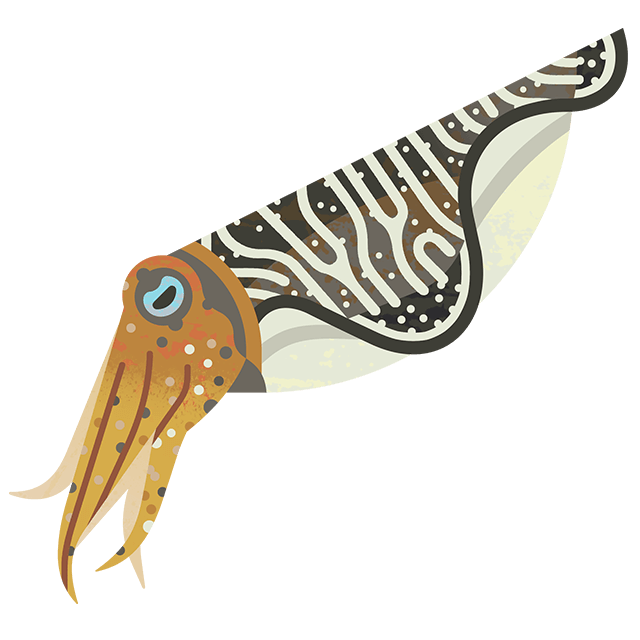
Mackerel no longer a sustainable choice
We've updated the environmental sustainability ratings on our Good Fish Guide in line with the latest scientific advice.
We reviewed 186 environmental ratings for seafood, with 20 seafood ratings moving to the ‘Fish to Avoid’ list and only 15 seafood ratings joining the green-rated, ‘Best Choice’ list with this season's ratings update. Unfortunately, Northeast Atlantic mackerel has moved on to the amber list, having been on the charity’s green list since before 2011.
Populations of mackerel in the past have been large enough to withstand fishing, however, in recent years the population has been in steady decline.
An amber rating means that improvements are needed – in this case, better management to end overfishing of the stock.

Credit: Cathy Lewis
Mackerel is caught by various states, including Norway, Iceland, the UK, and the EU. Currently, these countries are not working together to tackle overfishing of the species.
Everyone involved generally agrees that scientific limits should not be exceeded, but they don’t agree on how to divide the catches between themselves. Consequently, quotas have been higher than scientifically recommended limits since 2009, exceeding them by as much as 80% in some years.
In October 2021, the main fishing states again agreed that total mackerel catches in 2022 should not exceed the scientific advice, but not how the catches should be divided. The combined catch limits set by all countries for 2022 exceeded advice by 42%.

Credit: Lucy Hawkes, University of Exeter
Despite the bad news for international fishing, one small mackerel fishery in the UK is paving the way. Mackerel caught by handline in the southwest UK remains green rated.
This is a low-impact way of fishing, and catches are very strictly controlled. There are also protections in place for juvenile mackerel to make sure they can reproduce before they are caught.
Other good news in this season's update to the Good Fish Guide is that wild-caught Pacific salmon, known as keta, pink or red salmon and often found in tins, and North Sea herring, are staying green-rated. Both make a sustainable alternative to Northeast Atlantic mackerel, and herring is an especially budget-friendly option, perfect for adding to pastas or spreading on toast.
On the opposite end of the spectrum, European eel stays on the Fish to Avoid list. Often found on menus in fine dining establishments, European eel is still finding its way onto plates across the country despite populations dropping by as much as 95% in the last decade and it being as endangered as the Bengal tiger.
To help businesses, our Good Fish Guide for Business is a free tool to assist chefs, restaurants and anyone working in the seafood supply chain. We recommend sustainable alternatives to red-rated seafood and have lots of recipes and menu inspiration for businesses and consumers.





